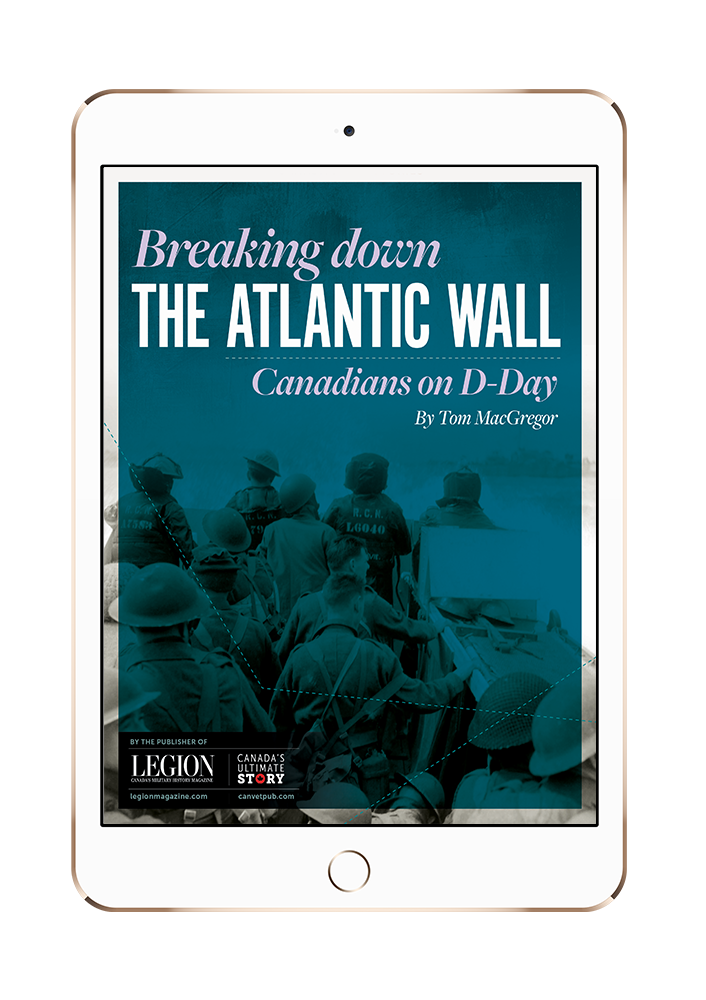My Sergeant Pilot
Exclusive Audio Version As I approach my eighth decade, I think of him as my Sergeant Pilot. I know he neither is nor was any
Exclusive Audio Version As I approach my eighth decade, I think of him as my Sergeant Pilot. I know he neither is nor was any
Exclusive Audio Version I jumped over the ship’s starboard rail into the Atlantic shortly after the second torpedo hit. I say the Atlantic, but
The question is: What, in your view, is preventing the treatment of veterans with PTSD in Canada?
Retired Lieutenant-Colonel Chris Linford, author of the new book Warrior Rising: A Soldier’s Journey To PTSD And Back, leads off with what we hope will be a meaningful, online discussion, involving other veterans, their families, health care professionals and those conducting research on the topic.
Here’s what Chris Linford had to say:
“This is the million-dollar question as the government and Canadians at large thirst for an understanding of PTSD, and try to answer what is the right level of support needed for injured Canadian veterans.
“The fact remains that it is often the veteran who is the major barrier to accessing clinical treatment!
“From a personal perspective, it was something I struggled with for years when impacted by PTSD after my deployment to Rwanda. Due to stigma, both self-imposed and societal, I put off sourcing help until my injury became so severe, I had to reach out and was finally diagnosed with PTSD and depression 10 years after the fact.

DECEMBER 1, 1919 The Memorial Cross, more widely known as the Silver Cross, is instituted. DECEMBER 2, 1946 His Majesty’s Canadian Ship Middlesex, en route



Get the latest stories on military history, veterans issues and Canadian Armed Forces delivered to your inbox. PLUS receive ReaderPerks discounts!

| Cookie | Duration | Description |
|---|---|---|
| cookielawinfo-checkbox-analytics | 11 months | This cookie is set by GDPR Cookie Consent plugin. The cookie is used to store the user consent for the cookies in the category "Analytics". |
| cookielawinfo-checkbox-functional | 11 months | The cookie is set by GDPR cookie consent to record the user consent for the cookies in the category "Functional". |
| cookielawinfo-checkbox-necessary | 11 months | This cookie is set by GDPR Cookie Consent plugin. The cookies is used to store the user consent for the cookies in the category "Necessary". |
| cookielawinfo-checkbox-others | 11 months | This cookie is set by GDPR Cookie Consent plugin. The cookie is used to store the user consent for the cookies in the category "Other. |
| cookielawinfo-checkbox-performance | 11 months | This cookie is set by GDPR Cookie Consent plugin. The cookie is used to store the user consent for the cookies in the category "Performance". |
| viewed_cookie_policy | 11 months | The cookie is set by the GDPR Cookie Consent plugin and is used to store whether or not user has consented to the use of cookies. It does not store any personal data. |



Free e-book
An informative primer on Canada’s crucial role in the Normandy landing, June 6, 1944.